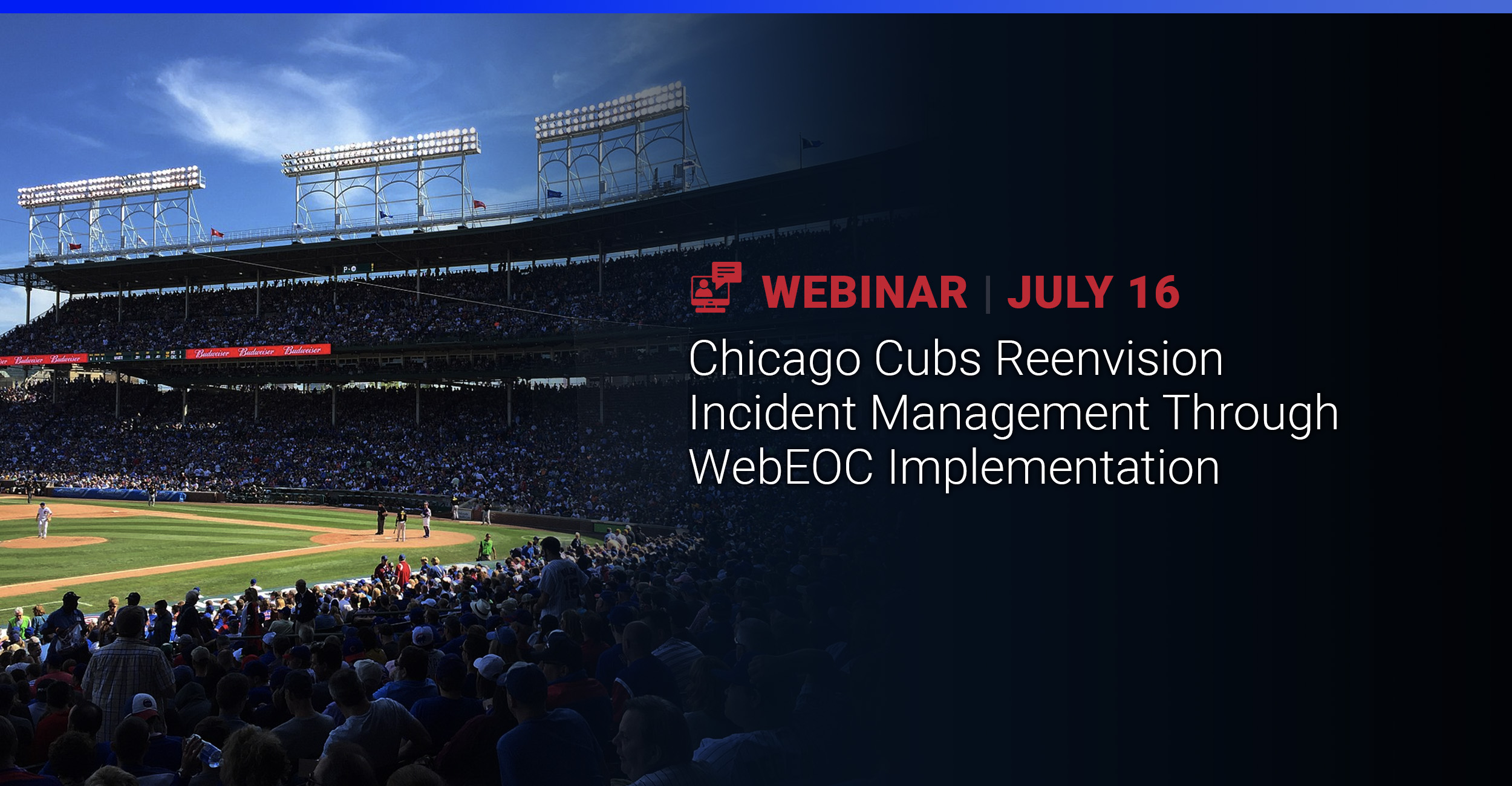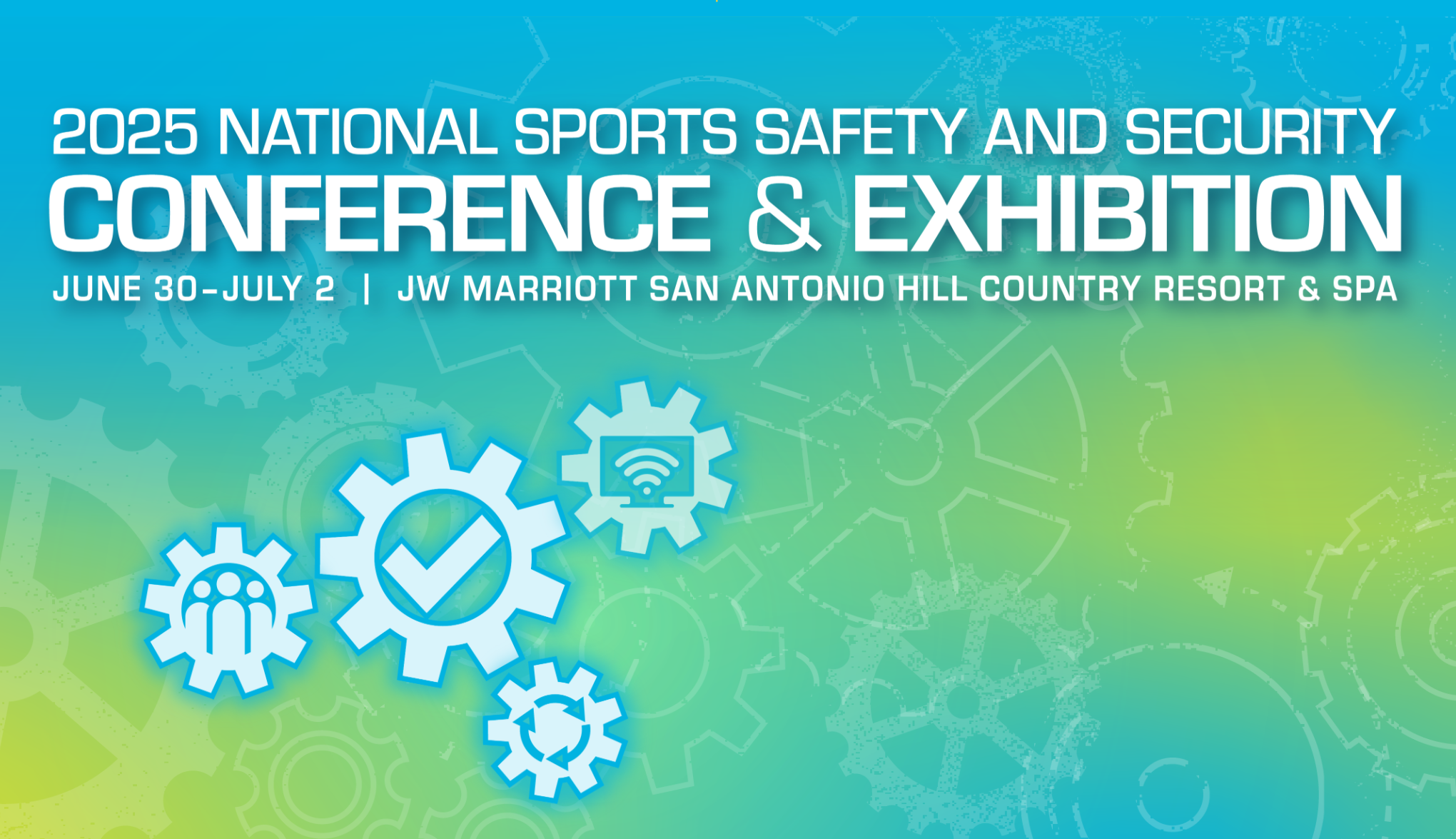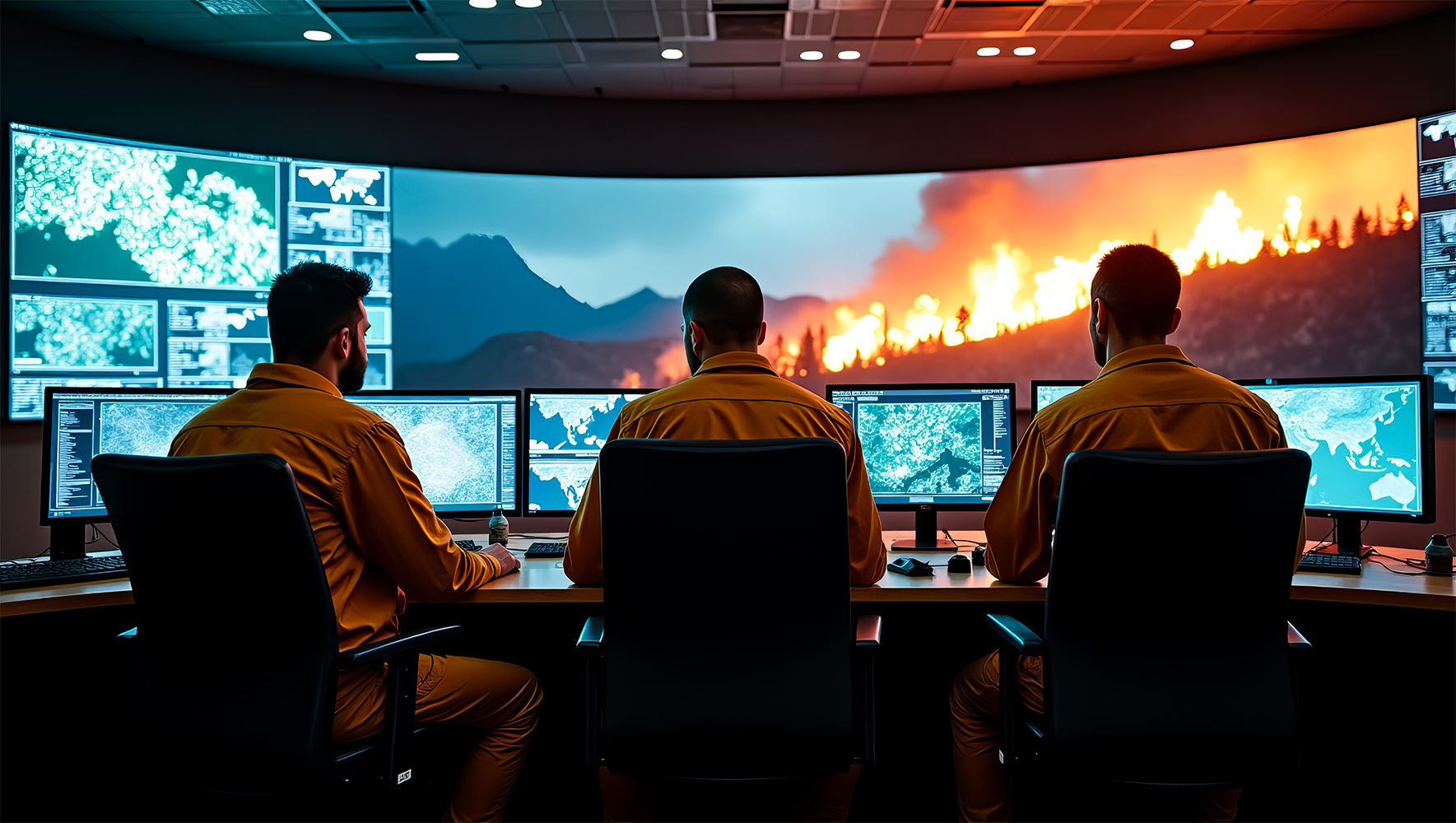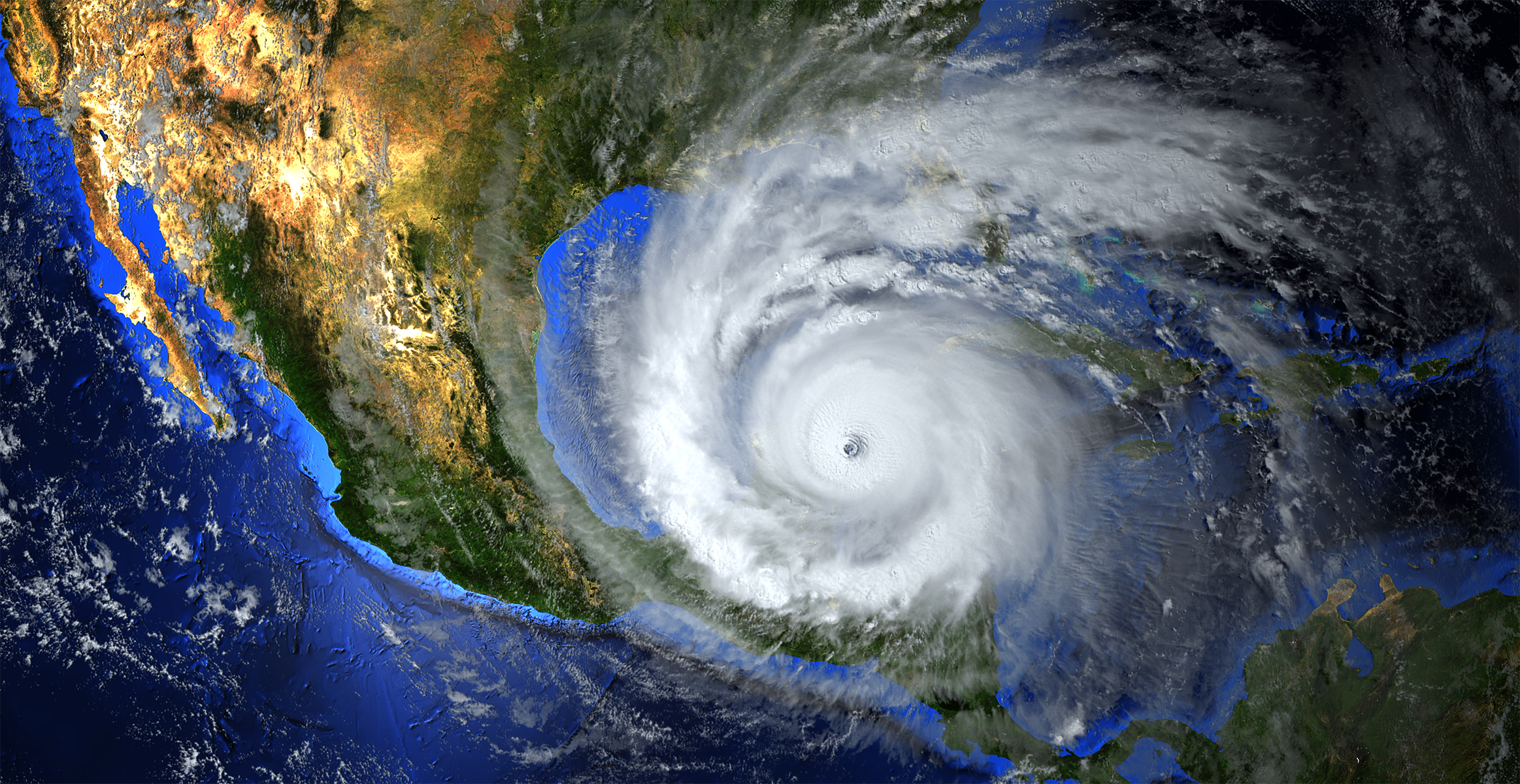It might not be the first thing you think about when considering emergency preparedness, but having a plan for a critical incident or disaster makes good business sense.
Corporations have suffered tremendous losses because of unexpected events – natural disasters like hurricanes, floods, earthquakes, and wildfires, as well as man-made events such as office violence, active shooters, terrorism, or cyberattacks.
Unlike government entities and some other types of organizations, there are few if any rules, regulations, or mandates for corporations to have an emergency response plan or for that matter, to implement a situational awareness platform for response to or recovery from a critical incident.
But in a strictly business sense, corporations do have a responsibility to shareholders, to maintain business continuity, and to protect its brand reputation. It’s also in the best interest of corporations to protect the lives and livelihoods of employees, and to keep customers, contractors, visitors, and other business partners safe.
Additionally, many communities rely on large businesses and corporations as the backbone of the local economy. Resilient businesses and corporations make resilient communities. Furthermore, effects of a natural disaster on a large business or corporation can have an impact on a larger scale, affecting the entire U.S. economy as commodity prices spike, for instance gas prices when hurricanes shut down refineries.
Studies have found that business downtime is one of the biggest killers of profitability. Industry analysts have estimated that downtime from natural and man-made disasters can cost businesses as much as $336,000 an hour.
To make matters worse, many organizations have solutions that are inadequate to deal with critical incidents – with limited capability, flexibility and scalability.
What Can Corporations Do To Be Prepared?
What’s your process today for dealing with the impact of a critical incident or disruption of your operations? Are you confident that your current situational awareness process or platform is sufficient for critical incident management, organizational safety, and daily operations?
Some important capabilities for a critical incident management platform include:
- A common operating picture, which allows access to real time information to see things as they are occurring and where they are occurring, at any time, across multiple locations
- Ability to communicate with team members, employees, stakeholders, as well as fire or law enforcement first responders, and local, state, and federal emergency management agencies
- Ability to create and send notifications to those impacted
- Access to a system for managing tasks, assignments, forms and reports
Assessing, testing, and evaluating your critical incident response plan and capabilities is an ongoing process. When was the last time your organization updated its plan?
Disaster can hit any time. Updating and improving your corporate preparedness plan could pay dividends – in protecting your people, property and brand reputation.
For tips on Critical Incident Planning, check out our eBook – What’s Your Plan? – 5 Steps for Emergency Preparedness.
In our eBook you’ll learn:
- How to improve communications to respond faster and bounce back from a critical incident
- How can your critical incident plan help your organization stay better connected with customers, partners, stockholders or anyone with your organization who may have been affected
- What is a common operating picture and why it is important to your organization
- What do you need in an emergency management platform to increase your organization’s situational awareness
Like any test, the sooner you begin to prepare, the better off you’ll be. Start your Critical Incident Planning today.
Don’t delay doing the things you need to do to be prepared. Contact us today for a demonstration of Juvare’s solutions.


















